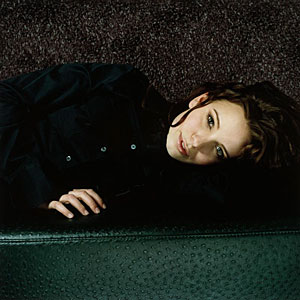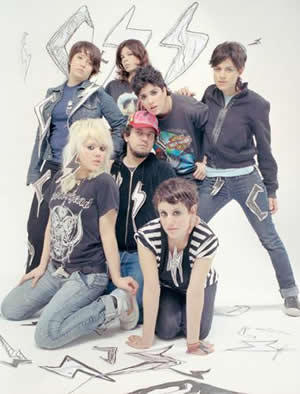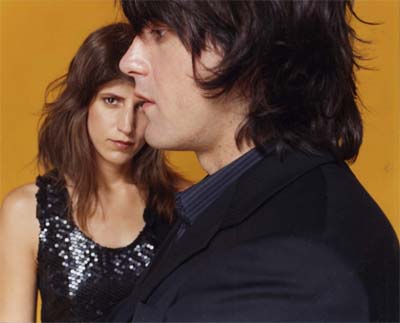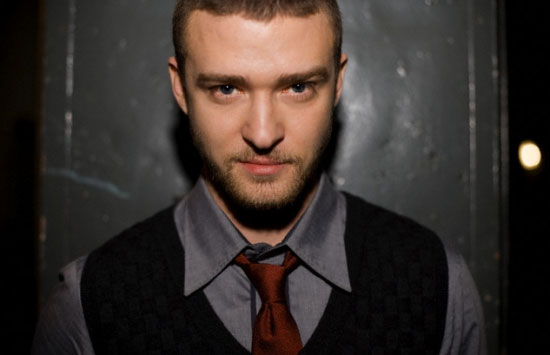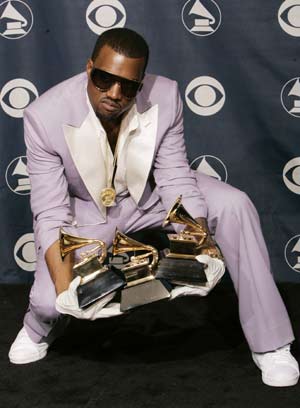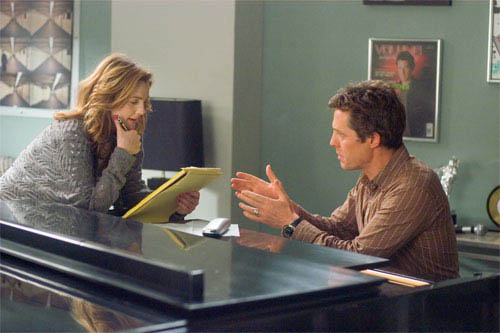
The Pang brothers' hyper-stylized, aggressively "gritty," tonally erratic One Take Only (aka Som and Bank: Bangkok for Sale) is at its best when its at its simplest. Early on, I feared we were in for a Thai Requiem for a Dream, but One Take Only progressively won me over, mostly in the small, perfectly articulated moments where the Pangs and their superb leads (Adam Morrison look-alike Pawarith Monkolposit and Wanatchada Siwapornchai) shine. More apt comparisons would be Alex Cox's Sid & Nancy or Wong Kar-wai's Fallen Angels: This is, in its way, a terrific little movie about life on the fringes, where meaningful romance isn't impossible, but is tough to sustain or nurture between risky drug deals and prostitution assignments.
In one of the film's most indelible scenes, Som, who works as a hooker in order to help her mom out with money, sits on the steps outside her housing project, discussing with a friend the liabilities of the world's oldest profession. It's very hard to quit once you start, she tells her friend, who's hard up for some quick cash. Cut to a shot of said friend's face, reacting to the idea and mulling over the difficult decision ahead of her. She seems on the verge of tears, but doesn't cry; she knows what she has to do--or what she thinks she has to do, anyway. It's a heartbreaking end-of-innocence moment, a visible realization of the hard costs we sometimes pay just to make ends meet.
There's a lot of superfluous showiness on display here, and the plotline is fairly standard-issue--formulaic and predictable--but One Take Only is ultimately redeemed by a real sweetness, embodied by the idiosyncratic star-crossed central pair, and an empathy with ne'er do well-types that reminds me of both Jia Zhang-ke and John Darnielle. Speaking of which, in the We Shall All Be Healed highlight "Palmcorder Yajna," Darnielle sang, "It will be too late by the time we learn / what these cryptic symbols mean." Littered through the Pangs' movie are curious, if not cryptic, symbols: t-shirts promoting the state of Wisconsin, the Chicago Bears, Spider-man, and, most inexplicably, a Nazi flag prominently hung in the seemingly benign Som's bedroom. Perhaps this is intended as some implicit comment on the West's ambiguous cultural impact in present-day Thailand. Or maybe the Pangs and/or their art department just have a really odd sense of humor?


